The debate over whether butter (specifically, **dairy butter** or **牛油** in Chinese) is healthier than seed oils is a common topic in nutrition and culinary circles. Both butter and seed oils have their unique nutritional profiles and culinary uses, and understanding these differences can help you make informed choices for a balanced diet. In this article, we will explore the nutritional benefits of both butter and seed oils, discuss their cooking applications, and provide insights on how to incorporate them into a healthy diet.
Nutritional Profiles: Butter vs. Seed Oils
Butter
Butter, derived from milk fat, is known for its rich, creamy texture and distinct flavor. It is primarily composed of saturated fats, which have historically been linked to potential cardiovascular risks. However, recent research has nuanced this understanding.
- Saturated Fats: Butter contains a high amount of saturated fats (about 54% of its total fat content), which can raise LDL cholesterol levels if consumed in excess.
- Vitamins and Minerals: Butter is a good source of fat-soluble vitamins, particularly **Vitamin A**, **Vitamin D**, and **Vitamin K**. It also contains small amounts of **Vitamin E** and essential minerals like selenium.
- Special Compounds: Butter contains **conjugated linoleic acid (CLA)**, which has been associated with potential health benefits, including anti-inflammatory and anticancer properties.
Seed Oils
Seed oils, such as sunflower oil, soybean oil, and canola oil, are derived from seeds and are predominantly composed of unsaturated fats.
- Unsaturated Fats: Seed oils are rich in **monounsaturated fats** and **polyunsaturated fats**, including essential fatty acids like **omega-3** and **omega-6**. These fats are known for their heart-healthy benefits, such as reducing LDL cholesterol and lowering the risk of cardiovascular diseases.
- Vitamins and Antioxidants: Many seed oils are rich in **Vitamin E**, an antioxidant that helps protect cells from damage. They also contain other antioxidants that support overall health.
- Smoke Point: Seed oils generally have a high smoke point, making them suitable for high-heat cooking methods like frying and sautéing.
Cooking Methods and Applications
Butter
Butter is versatile in cooking and baking, adding a rich flavor and texture to dishes.
- Baking: Butter is essential in baking, providing a tender, flaky texture to pastries, cookies, and cakes. It helps create the perfect crumb structure and adds moisture.
- Sautéing and Pan-Frying: Butter can be used for sautéing and pan-frying, especially when combined with a bit of oil to prevent burning. It adds a rich, nutty flavor to vegetables and meats.
- Finishing Touch: A pat of butter can be added to finished dishes like steamed vegetables or mashed potatoes to enhance flavor and add a glossy finish.
Seed Oils
Seed oils are also versatile, suitable for a wide range of cooking methods.
- High-Heat Cooking: Due to their high smoke point, seed oils are ideal for frying, grilling, and roasting. They can withstand high temperatures without breaking down, making them perfect for cooking methods that require intense heat.
- Salad Dressings: Seed oils can be used as a base for salad dressings, adding a light, neutral flavor that complements a variety of ingredients.
- Marinades: These oils are excellent for marinating meats and vegetables, providing a smooth texture and enhancing flavors.
Health Considerations
Butter
While butter offers unique nutritional benefits, its high saturated fat content means it should be consumed in moderation. Research suggests that replacing some saturated fats with unsaturated fats can reduce the risk of heart disease. However, butter can still be part of a balanced diet, especially when used in small amounts for flavor enhancement.
Seed Oils
Seed oils are generally recommended as part of a heart-healthy diet due to their high content of unsaturated fats. They can help lower LDL cholesterol and reduce inflammation, contributing to better cardiovascular health. However, it's important to choose high-quality oils and avoid those that have been heavily processed.
Practical Tips for Incorporating Butter and Seed Oils into Your Diet
1. Balance is Key: Aim for a balanced intake of fats, including both saturated and unsaturated fats. Use butter sparingly for flavor and opt for seed oils for high-heat cooking.
2. Choose Quality Products: Select high-quality, minimally processed oils and butter. Look for organic or grass-fed butter for potentially higher levels of beneficial nutrients.
3. Diversify Your Fats: Incorporate a variety of fats into your diet to ensure you get a range of nutrients. Mix seed oils with other healthy fats like olive oil or avocado oil.
4. Monitor Intake: Be mindful of portion sizes, as both butter and oils are calorie-dense. A little goes a long way in adding flavor and nutrition.
Both butter and seed oils have their place in a healthy diet. Butter offers unique flavors and certain nutritional benefits, while seed oils provide heart-healthy fats and versatility in cooking. By understanding their nutritional profiles and culinary applications, you can make informed choices that support your health goals. Whether you're baking with butter or sautéing with seed oils, the key is to enjoy these ingredients in moderation and as part of a balanced diet. Embrace the rich flavors of butter and the health benefits of seed oils to create delicious and nutritious meals.

By Olivia Reed/Apr 24, 2025
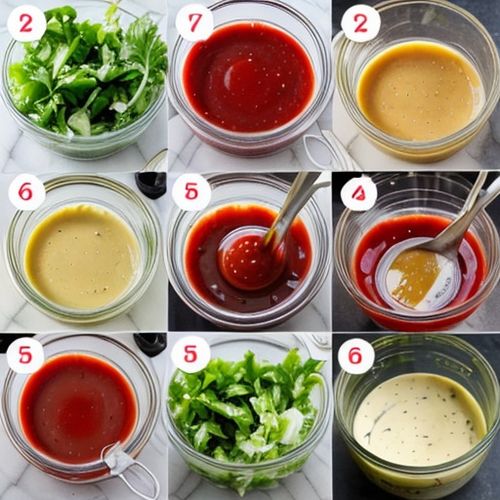
By Victoria Gonzalez/Apr 24, 2025
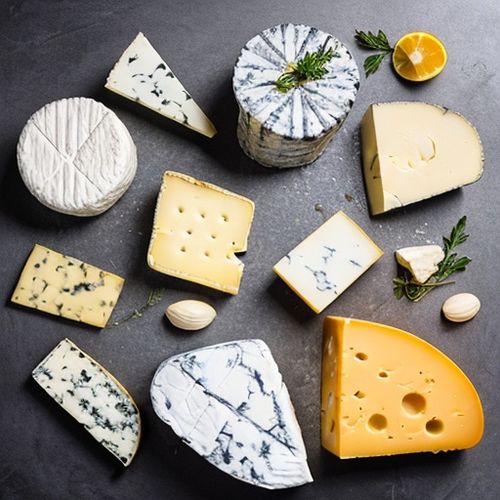
By Sophia Lewis/Apr 24, 2025
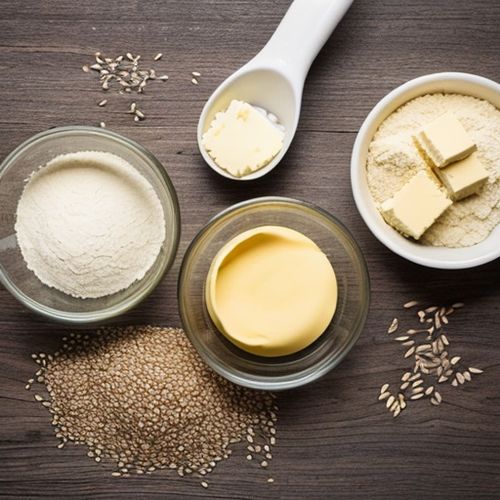
By William Miller/Apr 24, 2025
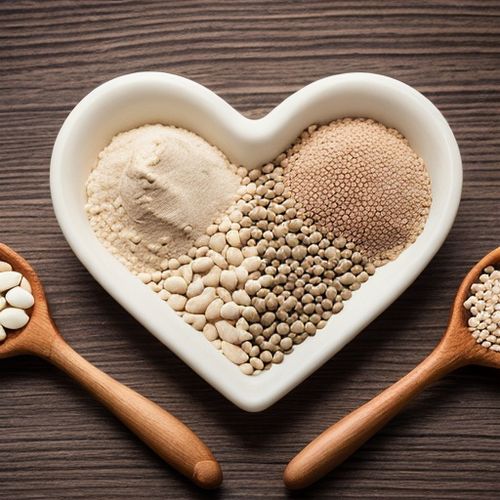
By Olivia Reed/Apr 24, 2025

By Laura Wilson/Apr 24, 2025

By Victoria Gonzalez/Apr 24, 2025
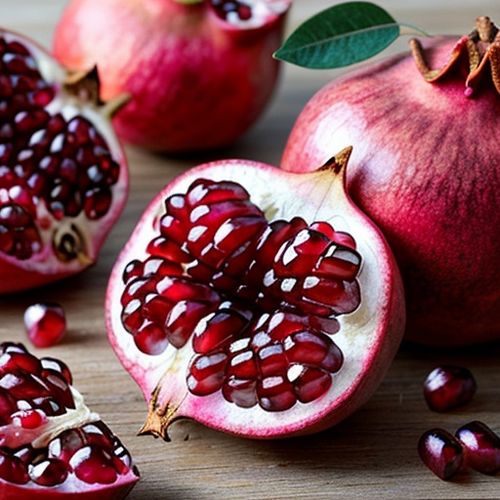
By Natalie Campbell/Apr 24, 2025
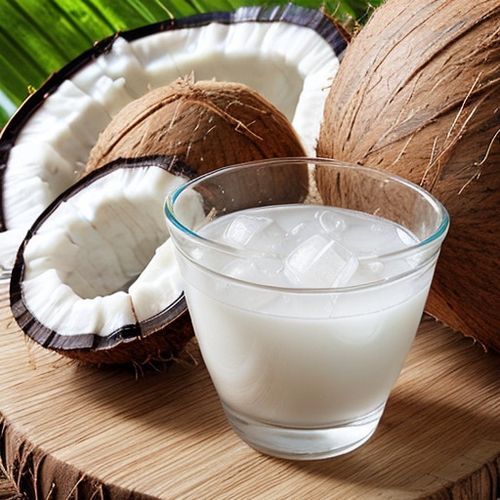
By Jessica Lee/Apr 24, 2025
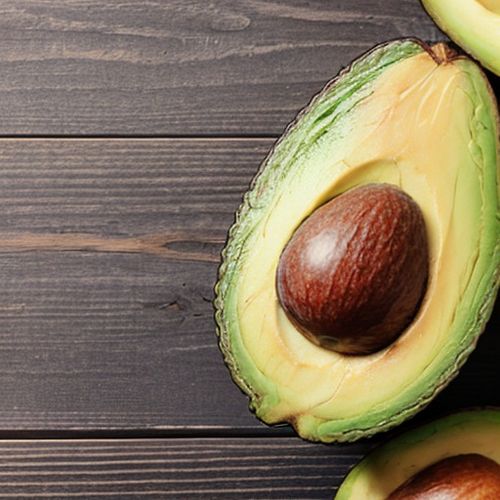
By Rebecca Stewart/Apr 24, 2025
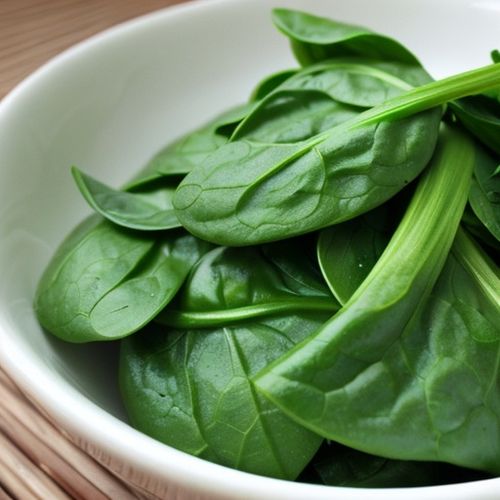
By George Bailey/Apr 24, 2025
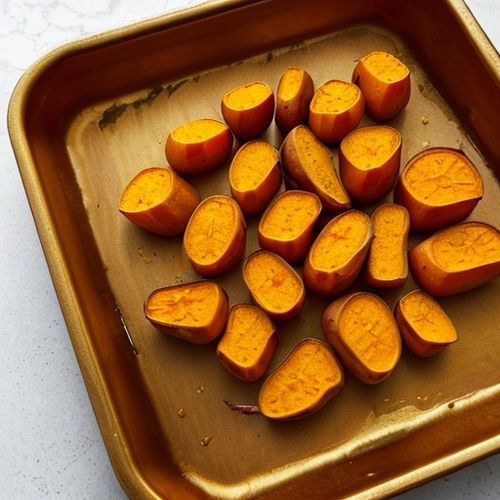
By Elizabeth Taylor/Apr 24, 2025

By Thomas Roberts/Apr 24, 2025
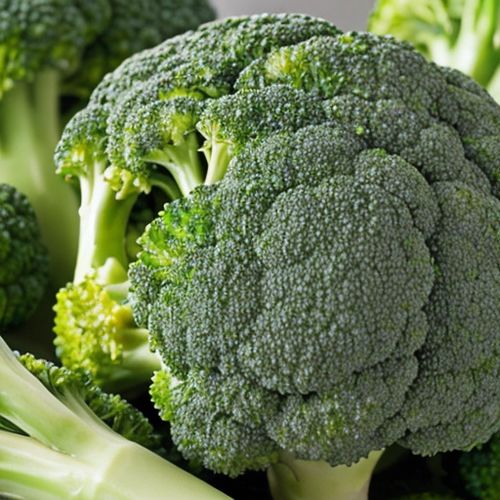
By Laura Wilson/Apr 24, 2025
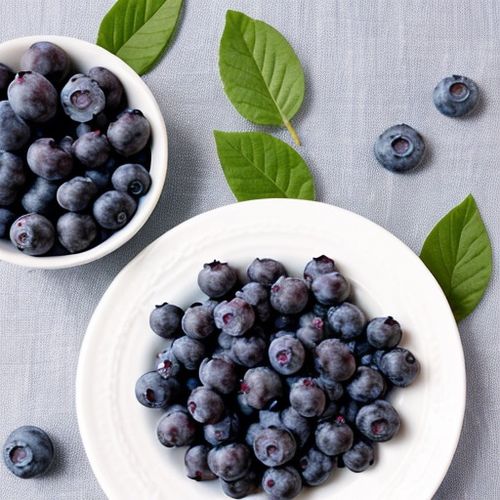
By Samuel Cooper/Apr 24, 2025

By Lily Simpson/Jan 13, 2025
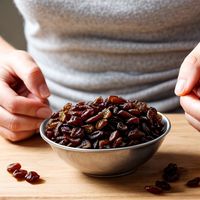
By Christopher Harris/Dec 20, 2024
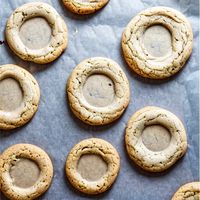
By Samuel Cooper/Dec 20, 2024